Discovery joy. We’ve all felt it, especially after a slump. It’s one of the best parts about being a bibliophile, really. You go into a library or bookstore just to browse, but you come out invigorated, excited about the serendipity of finding your next great read.
When I became a high school librarian, I was excited to foster this experience for my students. It would be the first time for some of them. But there was a problem: all the genres in my collection were mixed together and the selection of books was overwhelming for my patrons.
Too many checkouts went like this:
“Did you find what you were looking for?” I’d ask as I took their book to scan it.
“I guess,” the student answered.
Insert multiple probing questions about what they were looking for and how we could still find that book for them.
“This is fine. I just need it for English class” or “It’s whatever” or “Does it matter?”
Reader, it wasn’t whatever and it did matter. I just needed to find a way to give students the opportunity to experience discovery joy.
Enter: genrefication.
What is genrefication?
Genrefication is the organization of books (or any media) by genre. Most libraries in the United States are organized the same way. The collection is divided into fiction and nonfiction sections. Fiction is then sorted alphabetically by author’s last name, and nonfiction is most frequently organized using the Dewey Decimal System. The Dewey Decimal System is another post for another time because it was created in 1876 and many parts have not aged well. If you want to read more about it, here’s a great post.
I focused on the fiction section for this genrefication process. I work in a high school library, having transitioned there from being a creative writing and English teacher. I didn’t quite know what to expect when I started working in the library, but I did not expect a big part of my job to be marketing.
No one in high school has to go to the library. In elementary and many middle schools, class visits to the library work on a fixed schedule with set times every week. Much of my time is devoted to creating fun and interesting programs, then marketing those programs and promoting the library.
The Inciting Incident
My first year as a librarian was too quiet, and it was often lonely. I started the 2021-2022 school year, and my county had students back in the building. Things weren’t normal though: everyone was masked, people were still getting COVID at a high frequency, and no one wanted to leave their classrooms. It did not help that the library I inherited wasn’t a particularly warm or welcoming place. There were a lot of vibe challenges in order.
Into my second year, after I felt more confident and comfortable in my job, so my goal was to get more kids in the library. And it worked! Our circulation numbers increased, as did class visits, club meetings, and successful programs.
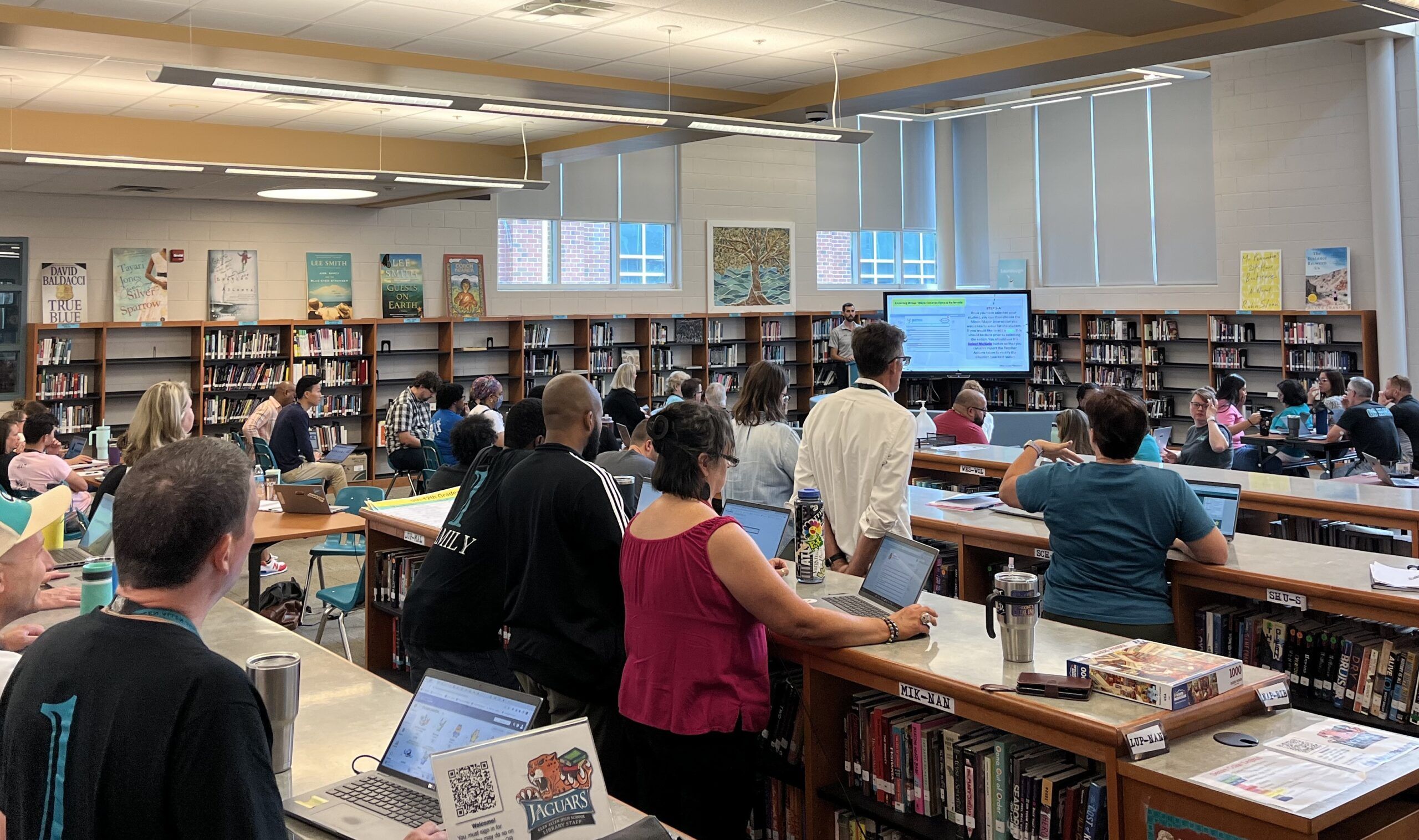 Faculty meeting in the “before” library Faculty meeting in the “before” library |
I got the kids to the library, but now I had a new problem: they couldn’t find the kind of books they were looking for. Almost daily, I was met with questions like, “Where are your mysteries?” and “Y’all got sports books?” Then I had to explain that yes, we had both. Then I’d ask if they knew who the author was they were looking for and offer recommendations in their chosen genres. I could never give them a selection I felt was big enough.
Sure, I could pull half a dozen books for anyone looking for something, but that takes away the pleasure of browsing–that joy of discovery. It takes away that sense of wonder. Feeling like you’ve discovered a new book or author all on your own is nothing short of magical. I wanted to give my students the opportunity to experience that. It felt as though I was depriving them of a key developmental milestone. Some of these students were on the precipice of becoming readers. I wanted as few barriers as possible to make that happen.
The Planning Process
After talking it over with my co-librarian, we decided to genrefy our fiction section. That meant that we would have to label, categorize, and move all of the 4,000 fiction books. It was a daunting task. Luckily for me, other librarians in my county had already made the switch and genrefied their collections. I spent about a month researching how to genrefy, asking other professionals in my area for advice, and talking to our cataloger in the central office. (I understand how lucky I am to have a central office staff that processes all of our books for us. I do not take it for granted.)
The first step and best advice I got before starting was to do a thorough weeding. We printed out hundreds of pages of circulation reports on books that had never been checked out and books that hadn’t been checked out in five years, then started discarding all titles we didn’t think were relevant or popular. Once we got the collection trimmed down, it was easier to organize them in a new way.
For us, our library cataloging software did not support genrefying. The books got the barcodes, and they stayed where the barcode said they were. We needed to create our own system to keep track of where books were shelved. Again, using advice from other librarians and the tools of our catalogers, we had a general idea of how and what we needed to make. We created a Google spreadsheet to house all the fiction books. The sheet had the book’s barcode number, call number, title, author, a place for subject tags (brief phrases to help us know what the book was about), and the publication year. There’s a master page with every fiction book, but we also added pages in the Sheets for each genre so we can easily search one genre at a time. This made book matching much more efficient as well.
Thankfully, central office staff provided us with a pretty extensive spreadsheet that had most of our collection. Not all though. And the only way to find out what was and wasn’t on the sheet was to go shelf by shelf and check. This led to the next step: stickering.
The way we decided to categorize all of the books and check them against the spread sheet was by putting a colored sticker on the spine, just under the call number sticker. Each color sticker represented a different genre. We followed the genre color system of another library in our county in the spirit of keeping things consistent and to make one less decision. Plus, that school used mnemonic devices for the genres to help students and staff remember what goes where. Romance is pink, the color of love. Horror, red, the color of blood. Fantasy is light blue, think dragons in the sky. Realistic is dark blue, for true blue. Sci-fi green, like little green men, etc. This is also when we started assigning books genres.
Implementation
Stickering and making the spreadsheet took the most time in this process. And by most time, I mean two years. I am an ADHDer and this absolutely affected how long this step took me. Spreadsheet work is tedious and detail-oriented, requiring two traits that I do not possess. This also wasn’t the only other project I was working on at the time. I was still designing programs, collaborating with teachers, and applying for grants. That’s not to mention the normal and constant all-day interruptions from students and staff.
What really made the difference for me was hiring a new, highly motivated (ahem, neurotypical) library assistant. She took the 70% complete project and ran with it.
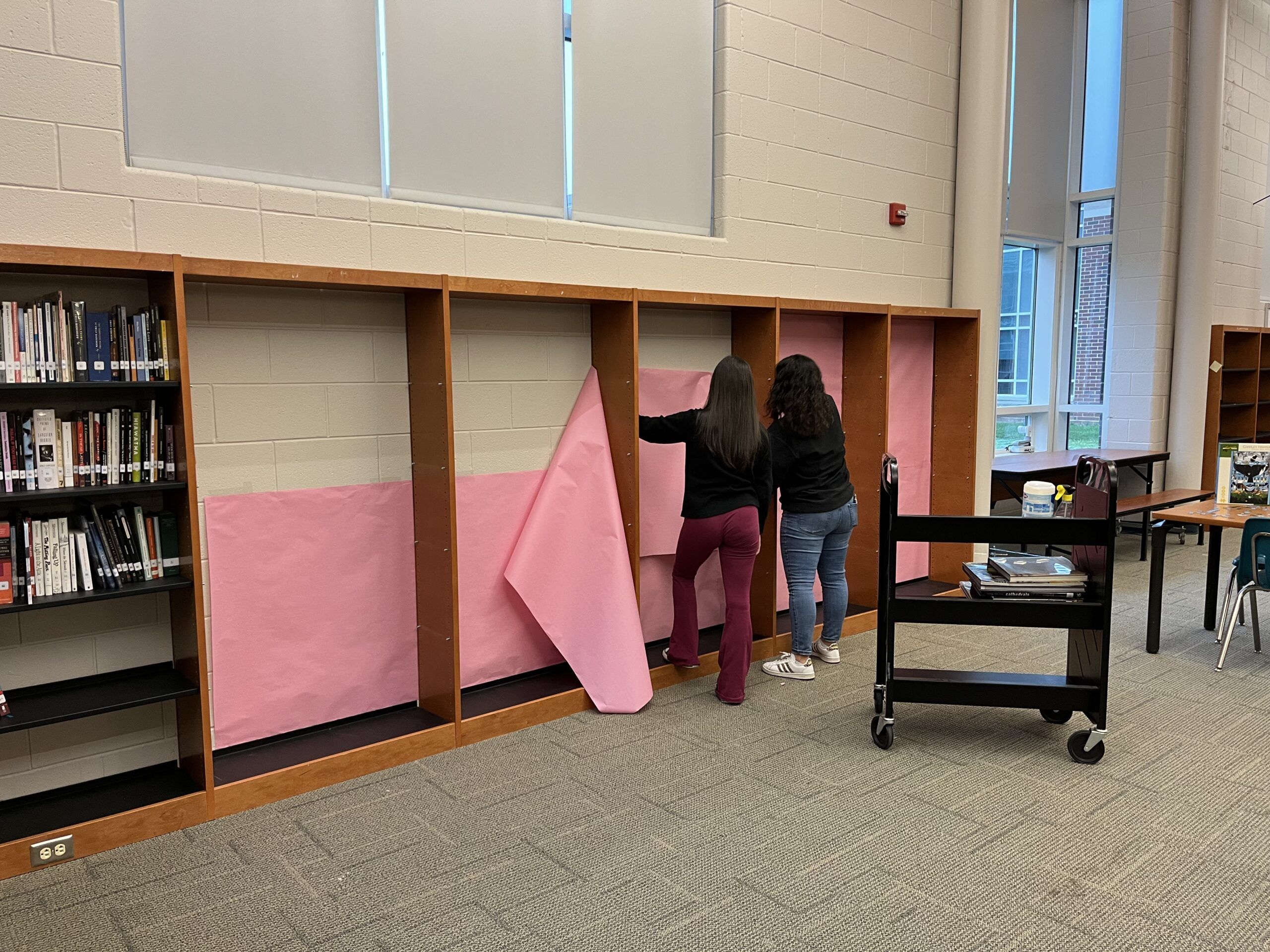 Adding colored bulletin board paper Adding colored bulletin board paper |
Putting the genre stickers on the books took another few months. Plus, we continued ordering new books that then needed to be added to the spreadsheet and assigned a genre. Each time we got a new delivery, we paused where we were in the process to sticker and genrefy those books so we could get them into the hands of our students faster. This slowed down the overall process as well.
We stickered all the books before we physically moved any of them. This helped in several ways. First, we were able to keep using the original catalog system and could easily locate books. Second, the stickers helped kids find books. All the mysteries weren’t shelved together yet, but a student could browse the library, looking for orange stickers, rather than only relying on recommendations from me. A step in the right direction!
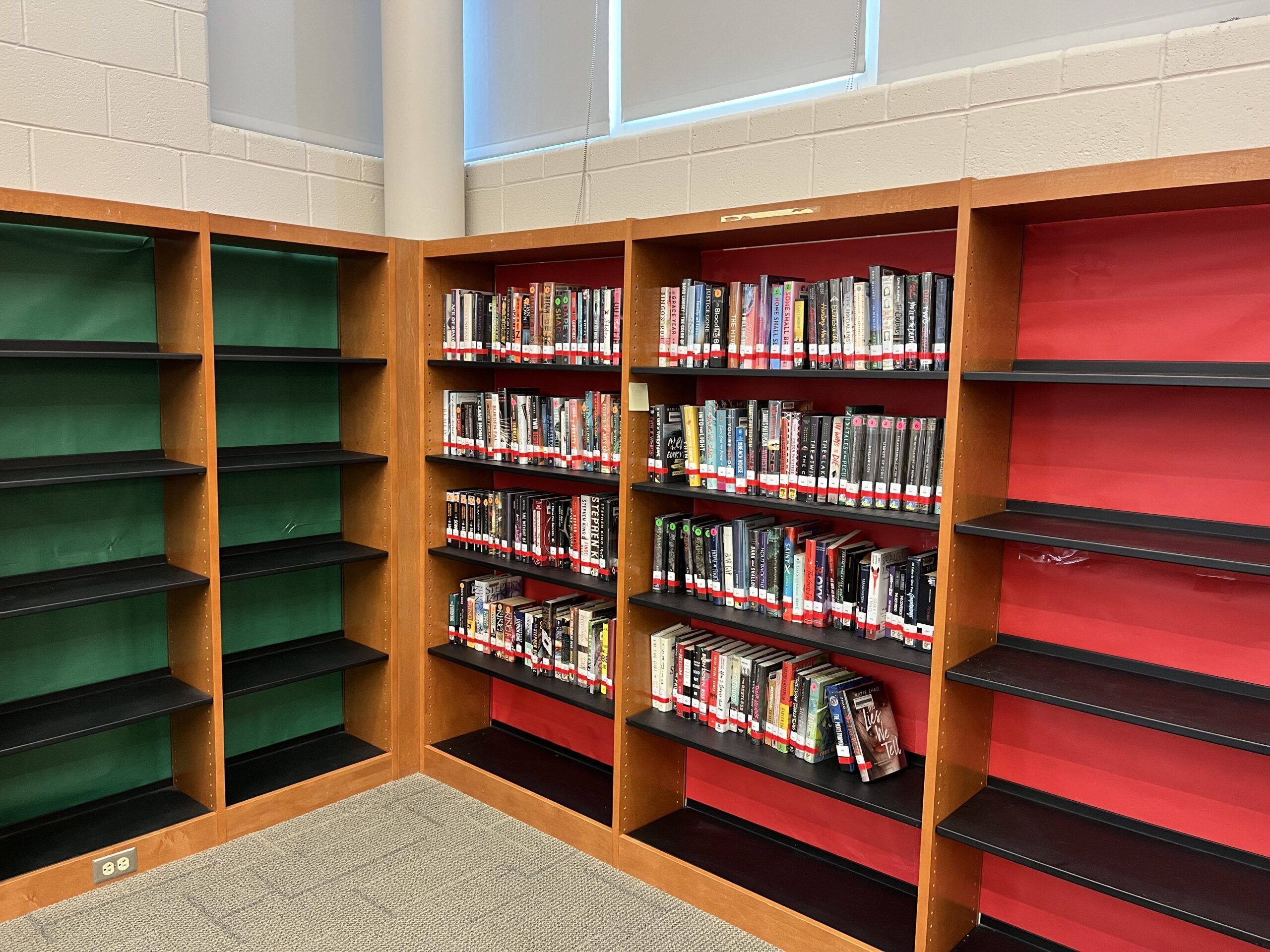 Sci-fi and horror in progress. Look at those beautiful red spine stickers! Sci-fi and horror in progress. Look at those beautiful red spine stickers! |
Now that all the books were stickered and in designated genres, we could start moving things around. This took a lot of thought and planning as well. (Another shout out to our assistant and amazing student aides for help here!) The way the shelves were set up originally was nonfiction on the walls of the library and fiction in the stacks in the middle. I wanted to change this because our stacks were short and close together, making it difficult to browse and almost impossible to see books on the bottom shelves. I wanted students to be able to stand back and look, not feel crowded. So that meant we were completely moving everything, not just the fiction section.
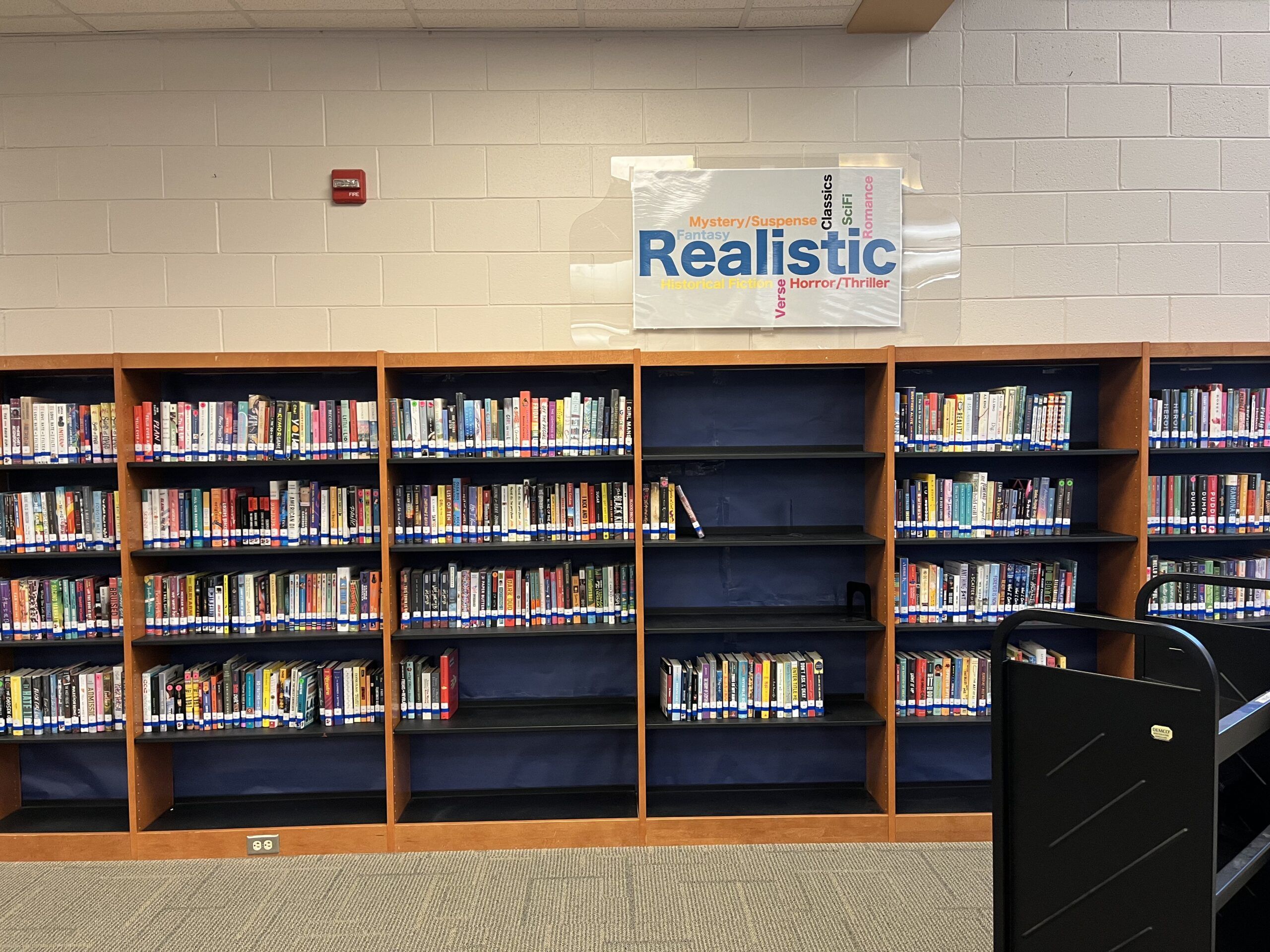 Filling the shelves and adding signage Filling the shelves and adding signage |
Another step we took was to put colored paper behind each section so it was easy to identify what was where at a distance. Plus, it made our library walls into a rainbow, an unexpectedly cheerful bonus. We cleared and cleaned all the shelves before we removed them to measure and cut bulletin board paper on the wall behind them. The cleaning and moving took about a month, maybe six weeks. Not long comparatively.
Challenges and Solutions
One of the biggest challenges in genrefying the library was deciding where to place books that could fit into multiple genres. For example, The Dividing Sky by Jill Tew fits into dystopian, science fiction, romance, and fantasy. When a book can go so many places, the questions I ask myself are, “Where is this book going to get the best circulation?” or “Which reader is more likey to give this book a chance?” Usually, romance readers have no problem reading anything with romance as the central storyline. It can be love in space, love during adventure, love with magic. Romance readers will try just about any subgenre. Sci-fi readers are usually a little stricter when it comes to what makes the cut for them. I ended up putting it in sci-fi because I think sci-fi readers would read it if they stumbled upon it, and romance readers will probably seek this title out, no matter the genre.
Physical space was part of the equation for me, too. Our biggest genre section is realistic fiction followed closely by fantasy. If there is a fantasy book that can fit in almost any other genre just as equitably, then I put it in the other genre because there’s limited space in fantasy.
I am constantly re-stickering and re-genrefying books based on student feedback or if they aren’t doing well where they are, especially if I know it will be a popular title. In some cases, we “close down” genres altogether. In the beginning, I had a supernatural section, but it was getting a little too hard to easily differentiate between supernatural and fantasy. So we ended up tossing supernatural all together. Other libraries in the district have a dystopian genre all its own. I didn’t want one tiny subgenre that needed its own designated shelf space. Instead, those go in whatever the next genre that makes sense is, usually fantasy or sci-fi.
Results
The library is now busier than it’s ever been. Circulation stats are up, more students are volunteering to be aides, and we have more class visits from all content areas. It hasn’t been a full school year since the switch, but comparing this semester’s circulation data to other fall semester data has us up in almost every category.
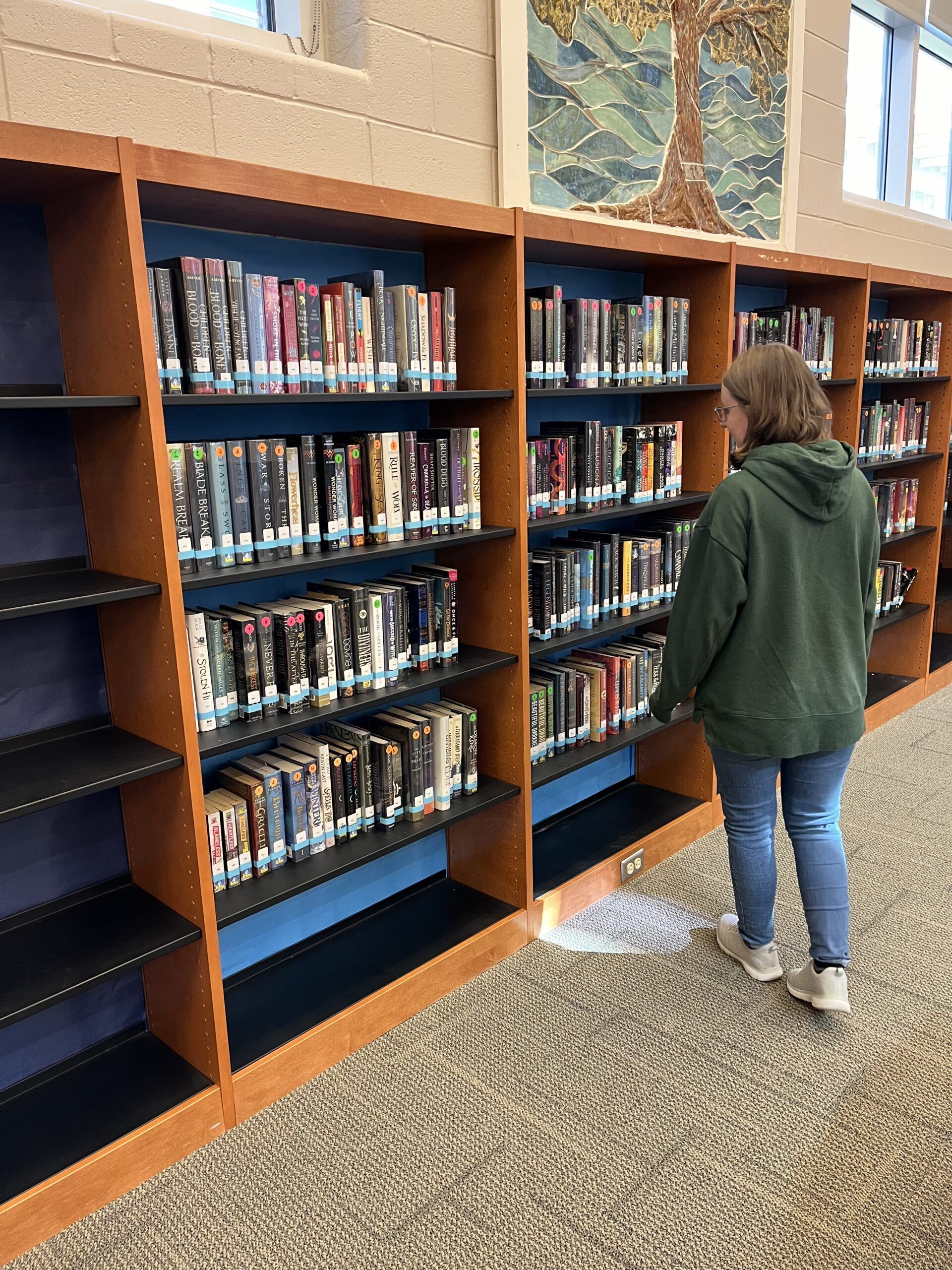 Easy browsing! At last! Easy browsing! At last! |
Genrefying is never finished. We keep ordering new books (yay!). Those books need to be put into the spreadsheet, stickered, and shelved in the chosen genre. It was a lot of work and continues to be, but it’s work well worth the effort. If I ever move to another library that isn’t organized this way, I’d genrefy again, even though I know exactly how much work I’m getting myself into. It’s worth it to watch excitement spark across the faces of otherwise nonplussed teenagers.
Tips for Other Librarians
Weed your collection thoroughly before starting to genrefy. This process takes away thousands of future decisions that will mentally fatigue you over time. Eliminating as many irrelevant books as possible ahead of time saves a ton of work.
Put clear protective tape over the genre stickers. Patrons are hard on books and the color stickers aren’t as tough as barcode stickers.
Work with your cataloging software if that is an option over making your own genre spreadsheet. Choosing which genres titles should live in is time-consuming, but it is not as time-consuming as choosing a genre then making data entries in a separate system. Use what tools are available. Work smarter, not harder.
If you can get the whole team on board with your vision, I recommend it. My previous assistant fought me on almost every change I made. Progress was slow.
Watching excitement spark across the faces of teenagers reminds me that libraries are more than collections of books. They’re spaces of discovery and connection. Genrefication isn’t just about shelving—it’s about transforming how students see the library and empowering them to find books that resonate with them.
The hard work was worth it, and I’d do it all over again to create a space where readers, new and experienced, feel inspired to explore.
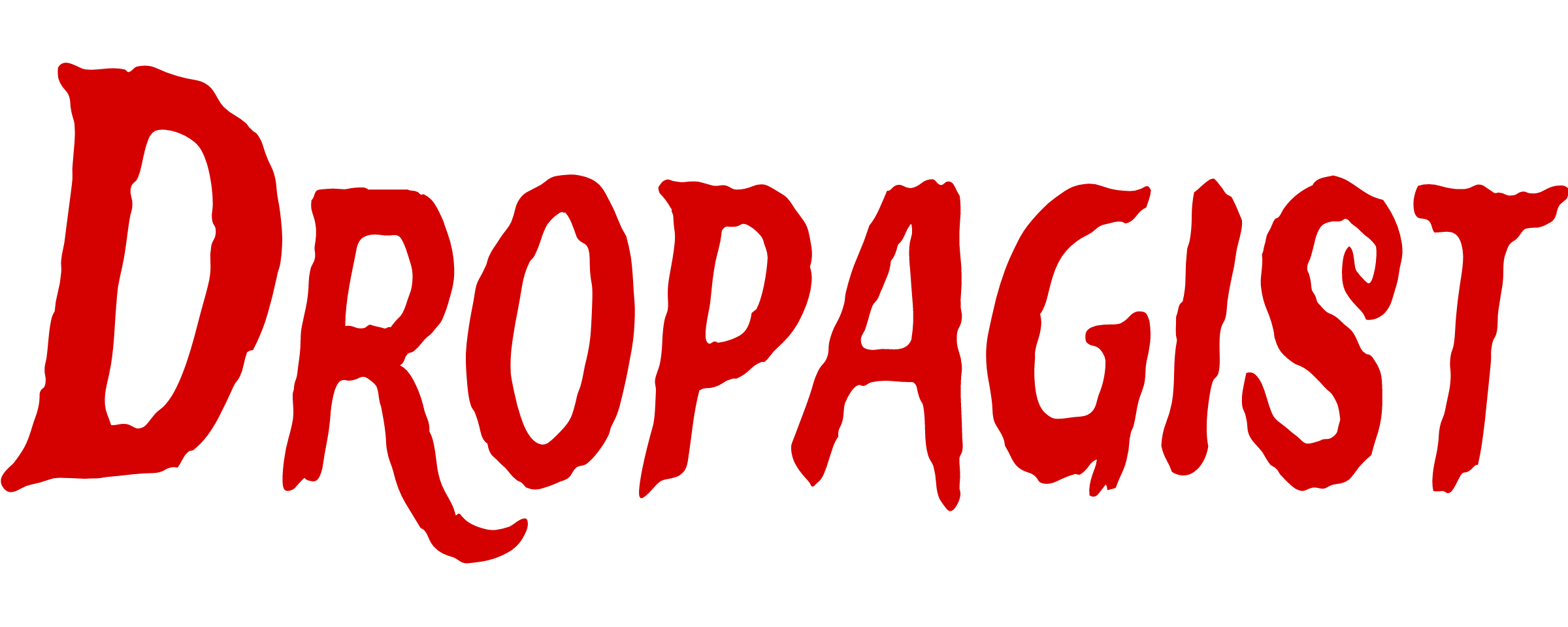
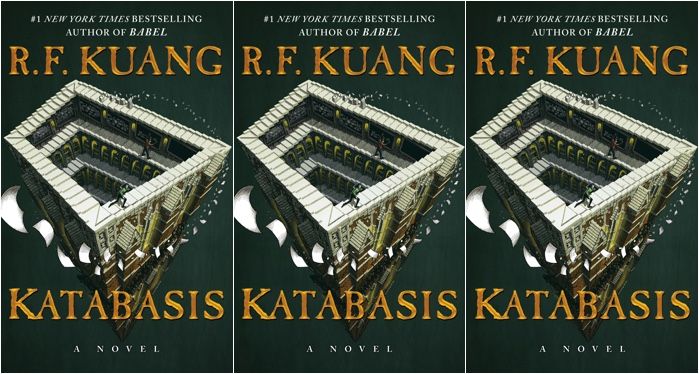
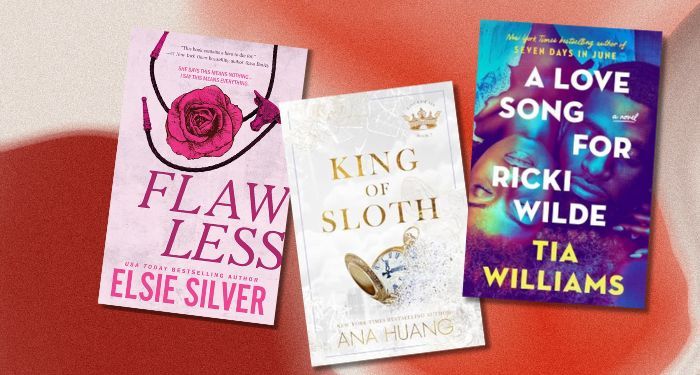
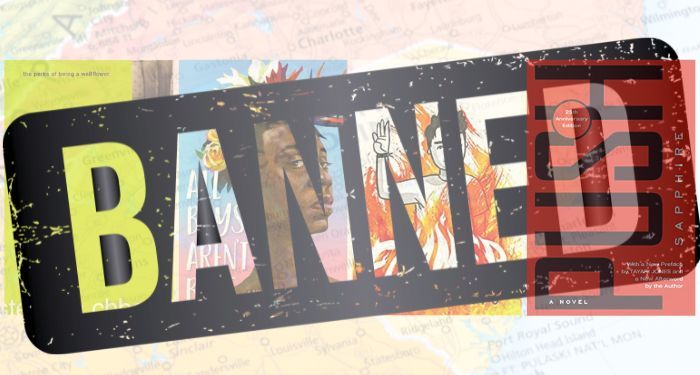
)

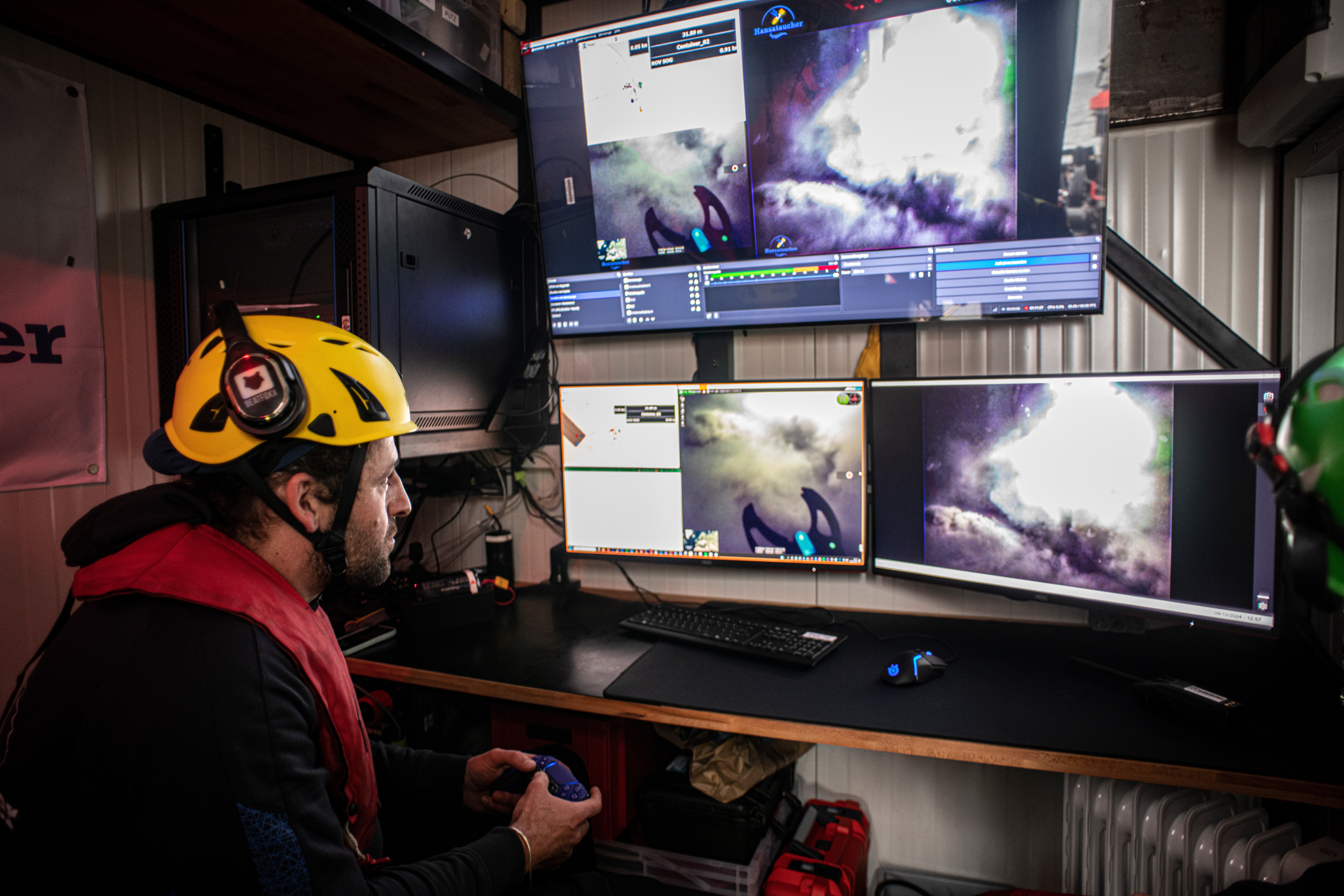

)
 English (US) ·
English (US) ·